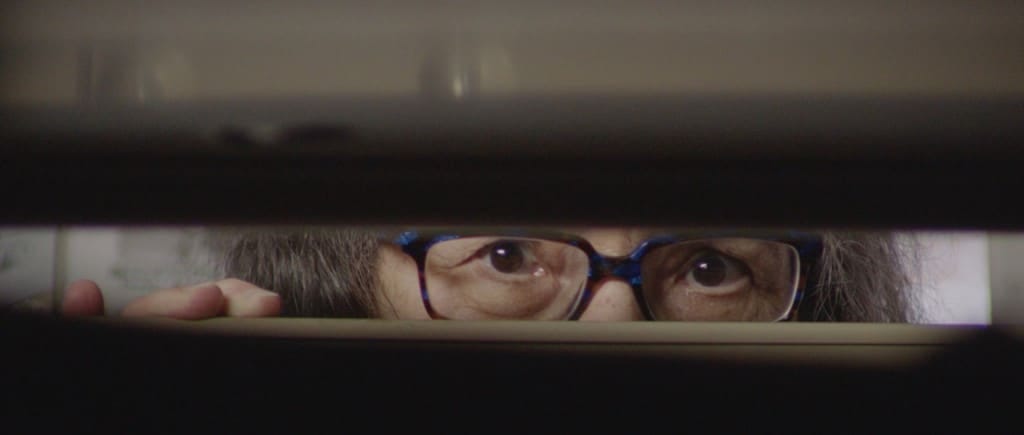100 Must-See Documentaries Streaming on Netflix This September
100 Must-See Documentaries Streaming on Netflix This Month
Because people say there are no good movies on Netflix anymore.

After taking a short hiatus this summer, we’re back with your monthly essentials. And we’re going to try something out since the Netflix 100 continues to be our most popular feature. We’re going to make it a members-only feature.
All t…
Keep reading with a 7-day free trial
Subscribe to Nonfics to keep reading this post and get 7 days of free access to the full post archives.



